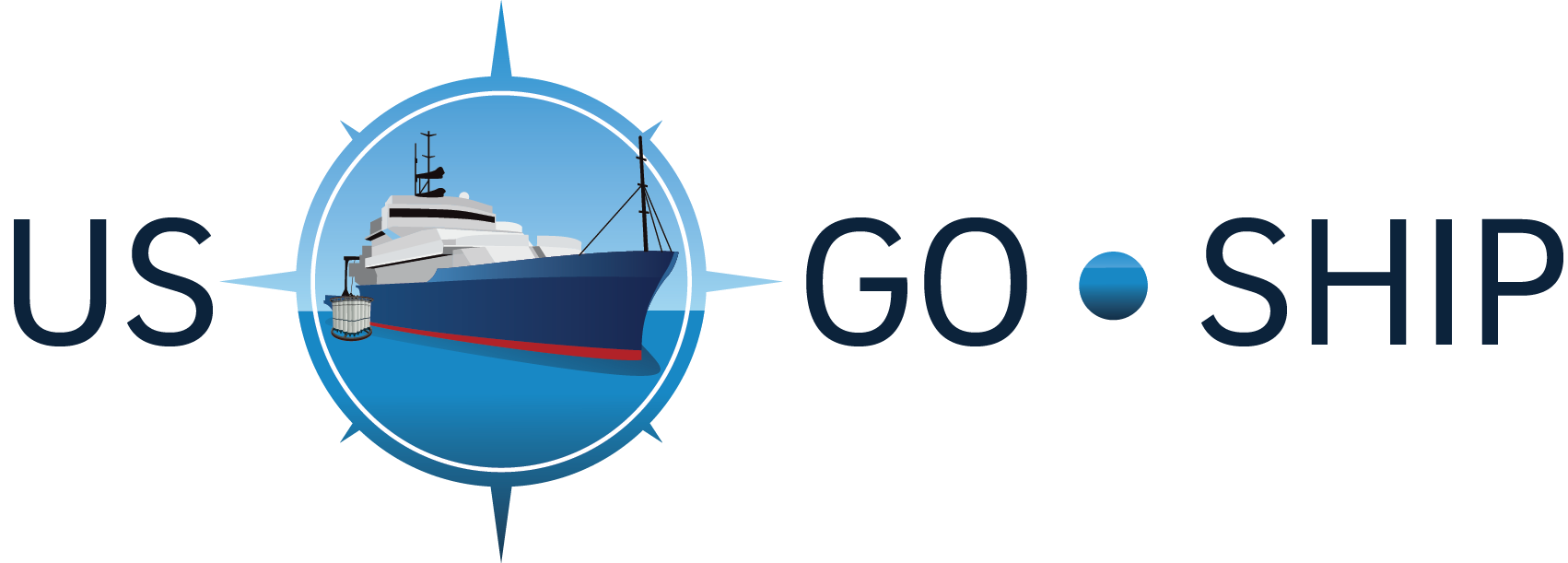From Leticia Barbero and Carmen Rodreguez **(Co-Chief Scientists)
Ahoy land-dwellers!
The third occupation of the Global Ocean Ship-Based Hydrographic Investigation Program
(GO-SHIP) I09N line (“I” for Indian Ocean) is underway and has just completed its first
week. During the next 5 weeks we will occupy over 100 stations, closelyfollowing the
station planning of the last two I09N cruises.
Most of the equipment we will use was already set up for the previous GO-SHIP cruise, I08S,
and so, most of the science crew were able to enjoy some time off in Fremantle/Perth
(Australia) prior to our departure. We did have a new group from the Bigelow laboratory
setting up equipment. They are going to be measuring trace metals as well as a whole suite
of biological parameters (genomics, phytoplankton abundance, nutrient uptake, etc) both
from underway samples and Niskin samples, through filtration and incubation experiments.
All their hard work will add an exciting new set of biological data to this GO-SHIP line.
Prior to departure, a lot of time was devoted to extensive testing of the winch system (called CAST 6)
to make sure the cable would not be experiencing too high tensions during deployment and recovery. This
winch is responsible for safely taking our equipment into depths of up ton6000m. The rosette (aka CTD)
represents the core of our sample operations. It has 36 10-l bottles which collect water at depths of our
choosing, from the ocean floor to the surface. From these bottle we collect samples to analyze a wide
variety of parameters, ranging from oxygen concentration, pH, and salinity, to lesser known
parameters like colored dissolved organic matter or nitrogen isotopes.
During our 4-day steam to reach our first station, our CTD-watch standers were trained on
CTD console procedures. Some of us also received training on how to operate the A-frame
and winch that are being used for the trace metal casts. Because the concentration of these
metals in seawater is extremely low, samples cannot be obtained from the Niskins on the
rosette (which is made of metal) and need to be obtained from special Niskin bottles, using
a non-metal cable.
While underway our students helped launch XBTs every day. These are expendable
bathythermographs that provide a profile of temperature and salinity. There was a bit of
discussion on whether they should be called launches or shootings just based on the
deployment system.
So far we have not seen a lot of wildlife other than flying fish, but we are already warning
everyone to wake us up should whales or sharks decide to come out and play close to our
ship while we are sleeping. Here’s hoping!
We are having good weather and relatively calm seas (knock on wood) and are making good
speeds in between stations. Right now we are at 21.32OS, 95.00OE doing station
Everyone is in good spirits and work is progressing smoothly.
Onwards!
Carmen and Leticia, chief-scientists I09N
